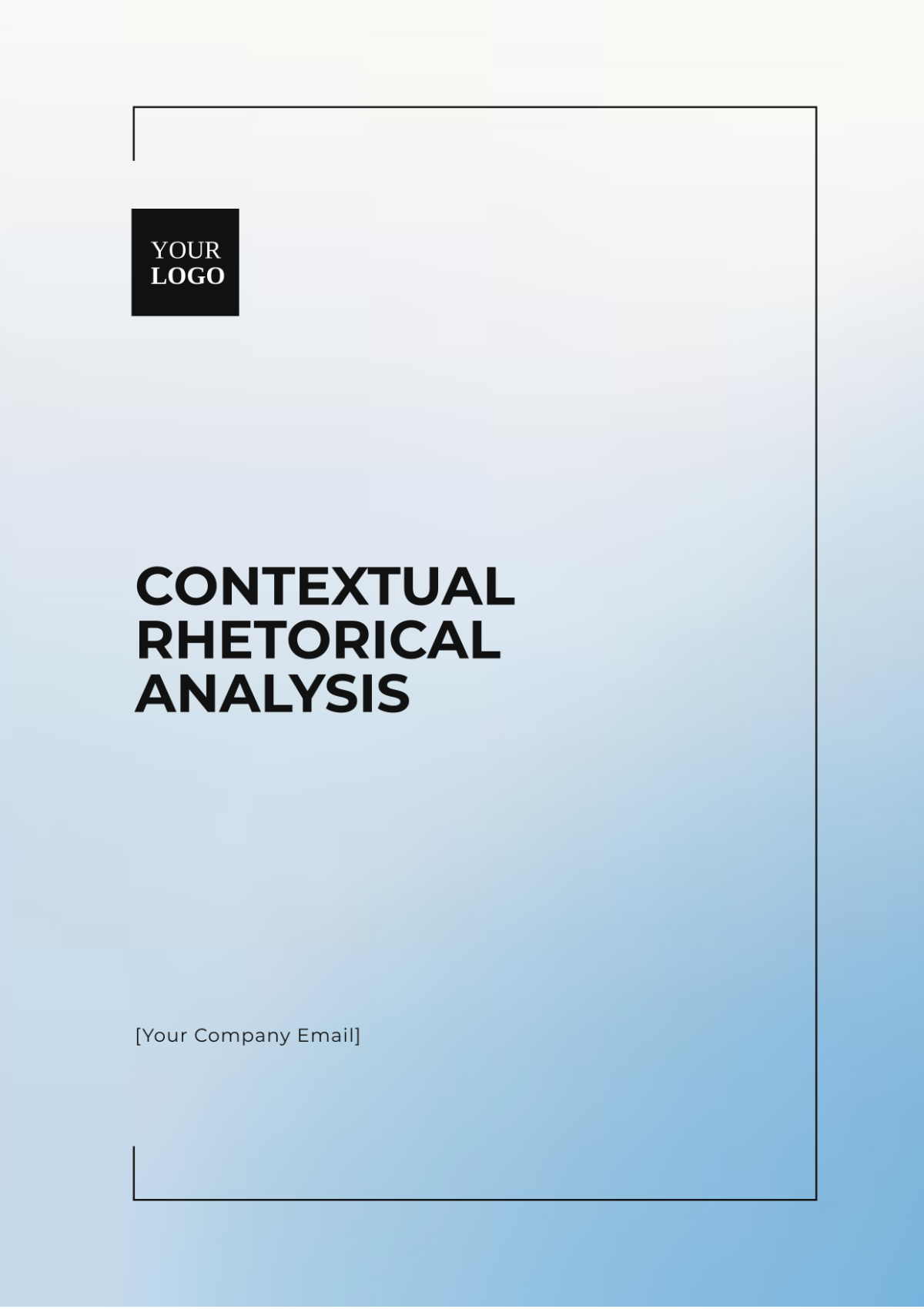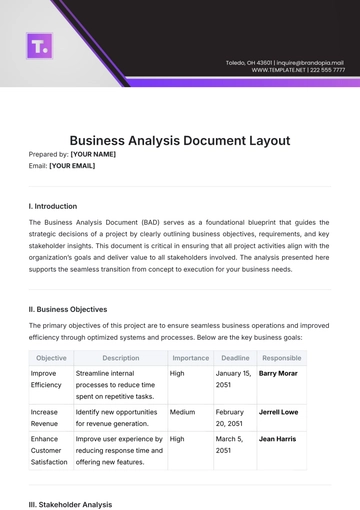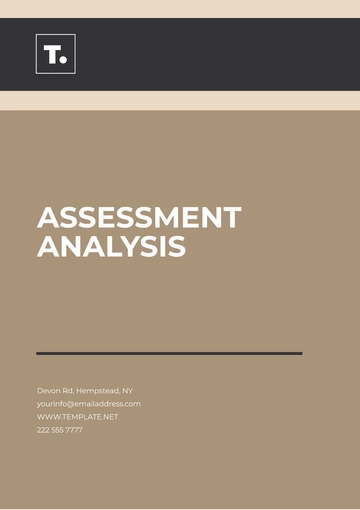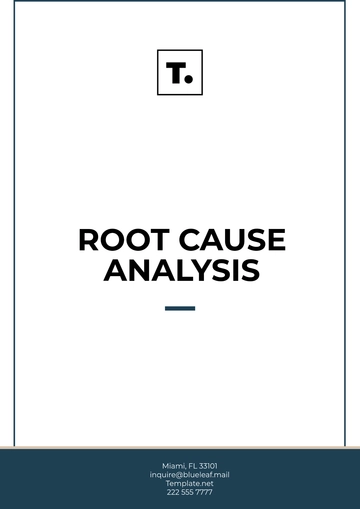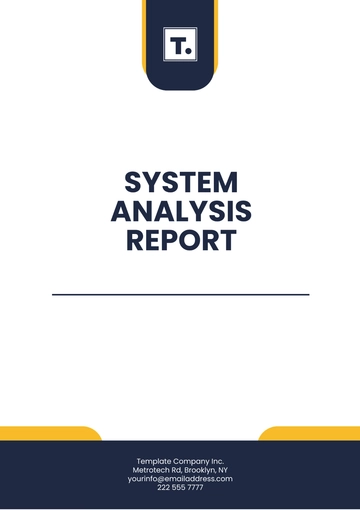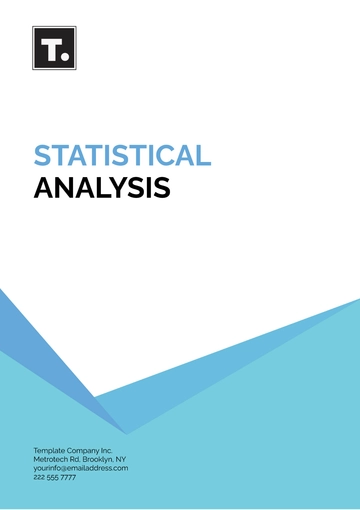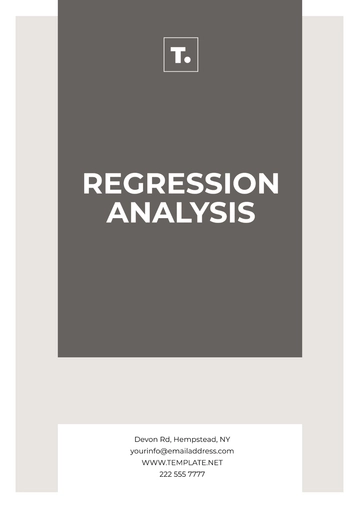Contextual Rhetorical Analysis
Prepared by: [YOUR NAME]
Date: [DATE]
I. Introduction
Contextual rhetorical analysis examines how the various elements of a text or speech, including its purpose, audience, and setting, contribute to its overall effectiveness. This type of analysis explores how these contextual factors influence the rhetoric used and how the text or speech achieves its intended effect on its audience. By dissecting the interplay between context and rhetoric, we can better understand the strategies employed by the author or speaker to communicate their message effectively.
II. Purpose of the Text
The purpose of a text or speech is a fundamental aspect that shapes its rhetorical approach. The purpose can range from informing and persuading to entertaining or motivating. Understanding the purpose provides insight into the choices made in language, structure, and content.
A. Defining the Purpose
B. Influence on Rhetoric
Language Choices: The language used will vary based on the purpose. For example, persuasive texts often use emotive language and rhetorical devices, while informative texts focus on clarity and accuracy.
III. Audience Analysis
Understanding the audience is crucial in determining how effectively a message is conveyed. Audience analysis involves considering the demographic, psychological, and situational characteristics of the audience.
A. Audience Demographics
B. Psychological Profile
C. Situational Factors
Context of Delivery: The setting in which the message is delivered affects its impact. A message delivered in a formal setting, such as a conference, will differ in tone and content from one delivered in a casual setting, such as a community meeting.
IV. Setting and Context
The setting and context of a text or speech provide the backdrop against which the message is delivered. These factors can influence the effectiveness of the rhetoric employed.
A. Temporal Context
B. Physical Setting
Format: The format of the text or speech, whether written or oral, affects how the message is perceived. Written texts allow for careful revision and reference, while oral presentations offer opportunities for immediate interaction and feedback.
V. Conclusion
Contextual rhetorical analysis reveals how the interplay between purpose, audience, and setting contributes to the effectiveness of a text or speech. By examining these factors, we gain a deeper understanding of the strategies employed to achieve the intended effect and how context influences rhetorical choices. This analysis highlights the importance of aligning rhetorical strategies with contextual elements to communicate effectively and resonate with the intended audience.
Analysis Templates @ Template.net
